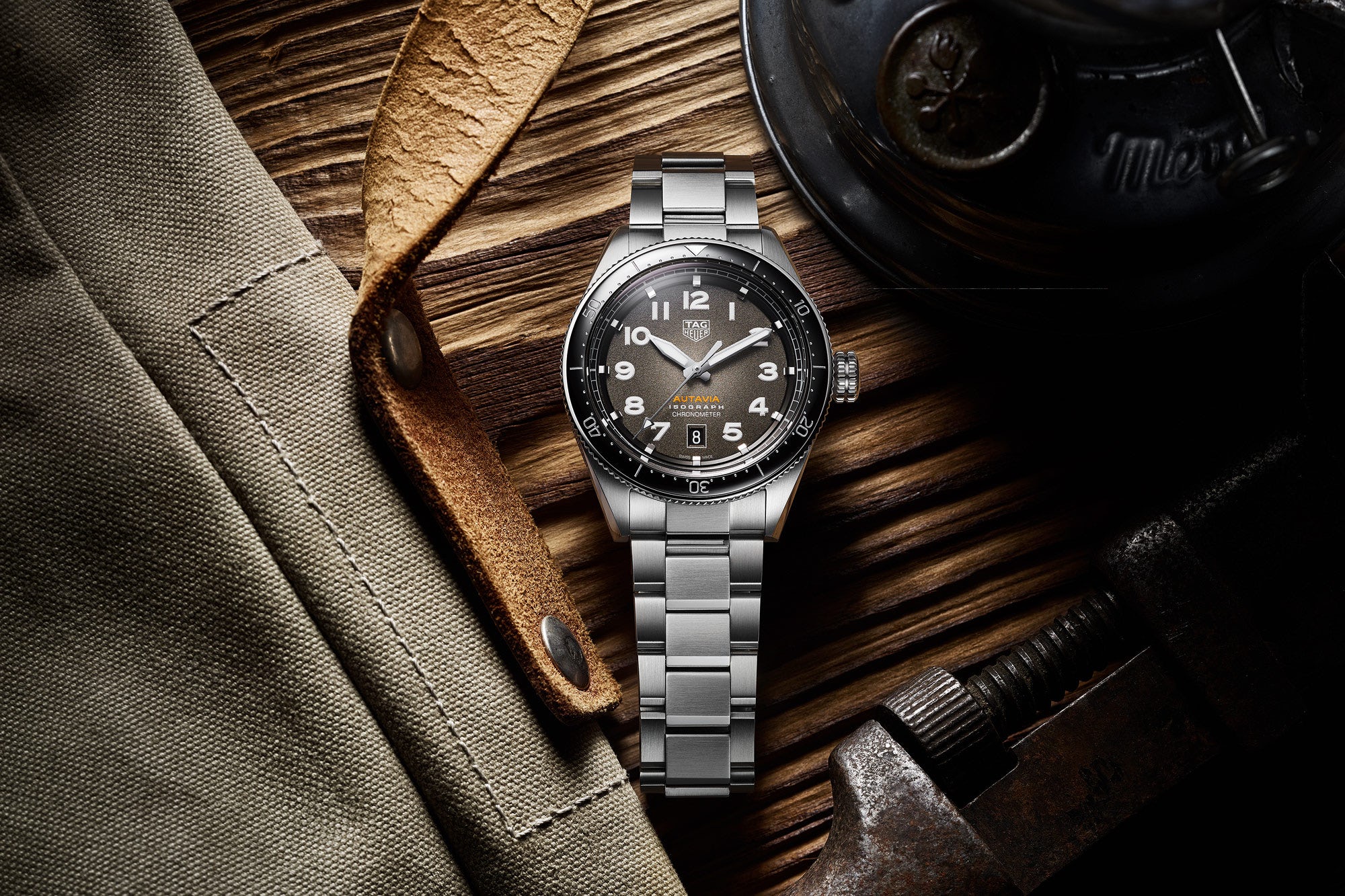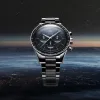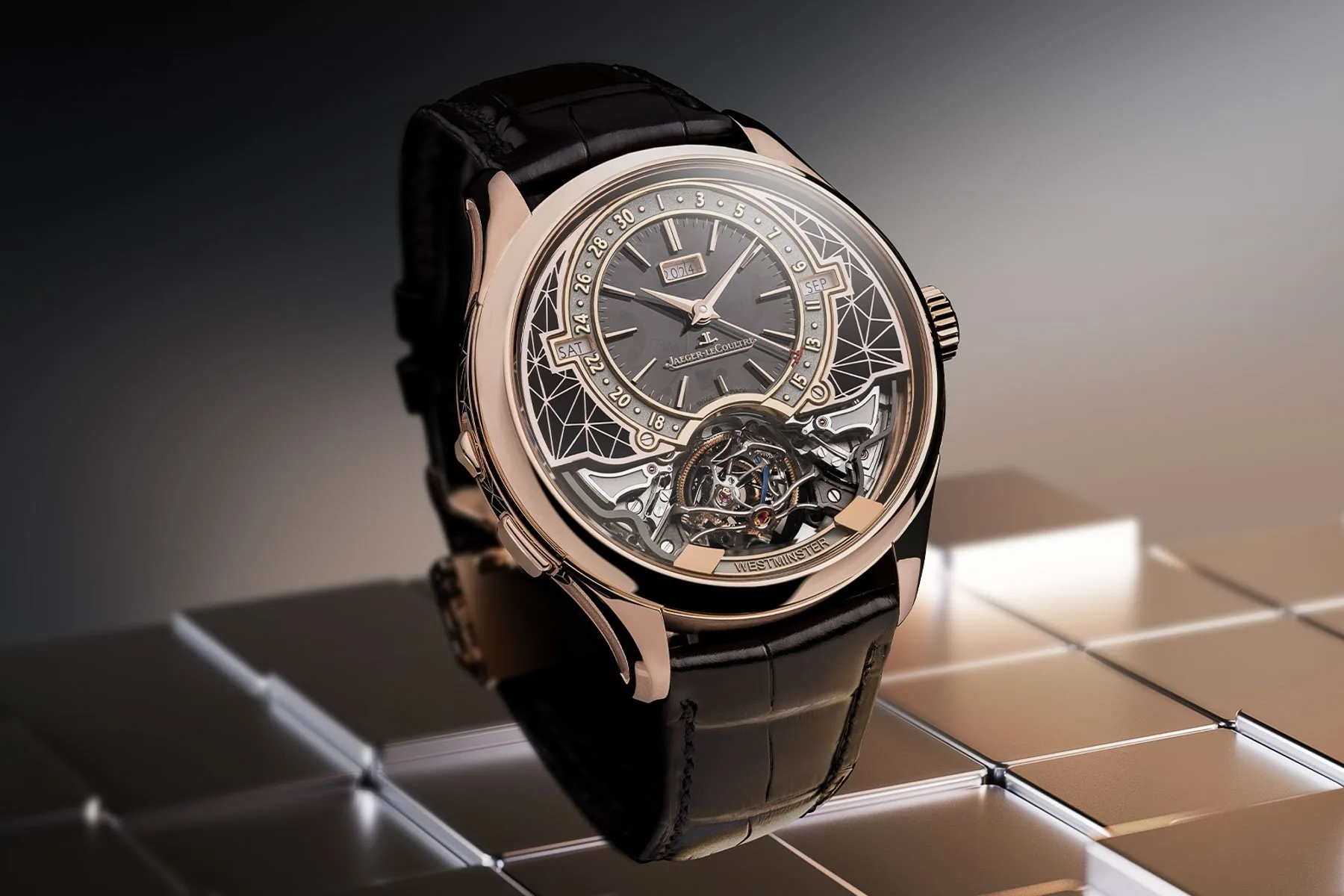When the Heuer Autavia first came onto the scene, it was designed with two different yet not necessarily dissimilar industries in mind: Autosport and Aviation. This is, in fact, where the name comes from, as the name Autavia is a portmanteau of Auto and Aviation. I’ll bet you probably didn’t know that, I’m sad to admit that I certainly didn’t. I mean, even when Heuer first started releasing them it was heavily involved in the motorsports side on the F1 grid. Now, though, Heuer wants to make it more known for the aviation side, too.
So, how can they turn this legendary motorsports watch into a legitimate pilot’s watch? First, the dial is different. There are Arabic numerals now and different shaped hands to make it much more legible at a glance. There’s no chronograph in this collection, something which most pilot watches are associated with, whether that makes a huge difference in the age of computers, autopilot and ATC guided flight is debatable, but it will most likely upset the super die-hard fans. There is a bi-directional rotating bezel which can time 60 minutes, so not all of the functionality has been removed. I think it’s important to remember that TAG needs to straddle the middle ground between driving and flying, you don’t want to fiddle around with your chronograph when at the wheel.
Inside the case is the Calibre 5, you can’t see it as it’s hidden behind a very attractively decorated caseback featuring a three-bladed propeller and the TAG Heuer logo. This movement is COSC chronometer certified, thanks in part to the hairspring which is made up of a carbon composite material, which gives the TAG not only its excellent accuracy, but also the name ‘Isograph’. The movement runs at 4Hz but has an absolutely tiny reserve of just 38 hours, in the modern day of watchmaking I think this could have been improved.
There are a total of seven different varieties of the new Autavia Isograph. Five of them come in different types all with one thing in common: their stainless steel case. Two of them come on a bracelet as standard, though I suspect that could be an option for any of the steel versions, I can visualise any of them having a bracelet, which is a mark of good design. There are also two versions of these watches in bronze, a material which still proves to be popular despite the bronze explosion dying out a few years back. Overall, this is a reliable and good looking collection that would fit everyday wear well, and with cases water resistant to 100m you could easily take one of these swimming. I’d happily buy one if I could. The prices are between $3500 and $4300, depending on the materials used.
Visit TAG Heuer here.






